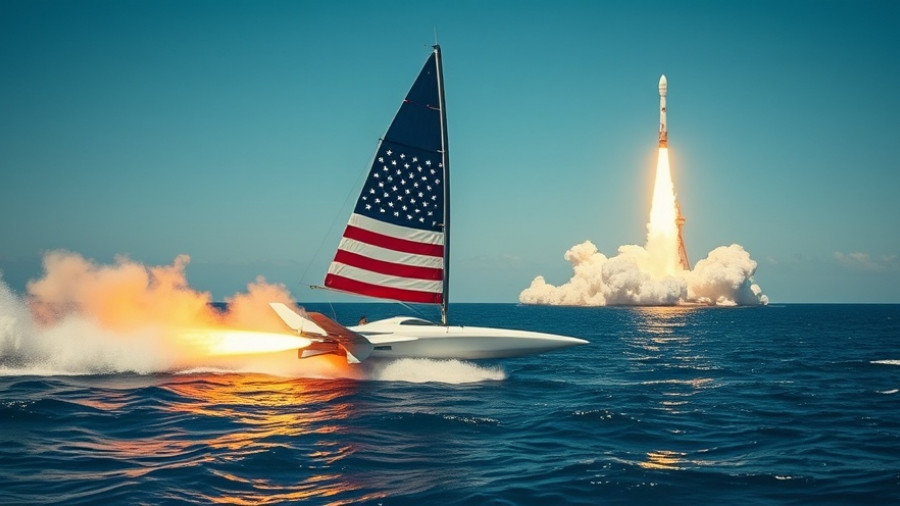
Virginia-Class Submarine Massachusetts Makes Waves: A Technological Triumph
The silence of the ocean was broken by the gentle hum of the Virginia-class submarine Massachusetts (SSN 798) as it successfully completed its initial sea trials. Conducted by HII's Newport News Shipbuilding division, this significant milestone marks the submarine's transition from construction to operational capability, demonstrating just how vital these advanced vessels are to the U.S. Navy's future.
What Are Sea Trials and Why They Matter
Sea trials are critical testing phases where a new vessel's systems and components are put through their paces. For the Massachusetts, this meant a variety of tests, including its first underwater submergence and high-speed maneuvers. Kari Wilkinson, President of Newport News Shipbuilding, stated, "Our entire team understands the importance of delivering capability to our fleet." These trials not only ensure that the submarine meets stringent safety standards but also confirm its operational readiness.
Milestones in the Virginia-Class Program
The Massachusetts is the 25th vessel in the Virginia-class series and is significant for a myriad of reasons. As part of the Block III design, it features an innovative bow with advanced capabilities, simplifying construction and providing enhanced operational flexibility. With two Virginia Payload Tubes capable of launching Tomahawk cruise missiles, the new design reflects a broader trend of upgrading military technology to respond to evolving threats.
The Virginia-Class Submarine: A New Era of Naval Warfare
Virginia-class submarines are designed not just for stealth and combat but also for Intelligence, Surveillance, and Reconnaissance (ISR) missions. Their capability to support Special Operations Forces (SOF) and engage in mine warfare makes them an essential asset in maintaining undersea superiority. With 23 units currently commissioned, the Massachusetts will soon join their ranks, equipped to handle today’s maritime threats.
Future of the Virginia-Class: What Lies Ahead
Looking ahead, future blocks of the Virginia-class submarines will integrate additional payload modules and advanced technologies, ensuring the fleet remains responsive to global power dynamics. The commitment to evolving the class is integral as global submarine threats continue to grow.
Local Impact and Community Pride
For the Newport News community, the successful trials of Massachusetts hold a deeper significance. This project not only boosts local economies but also cultivates a sense of pride among the employees who pour their talents into creating these complex vessels. Stories of thrilled workers celebrating the submarine's trials resonate throughout the community, highlighting the essential role that local shipbuilders play in national defense.
As the buzz around the Massachusetts grows, it becomes evident that the integration of community efforts and cutting-edge technology will keep the U.S. Navy ready for any challenge the future may hold. If you’re interested in learning more about the advancements in submarine technology and its implications for our national security, stay tuned for future updates!
 Add Row
Add Row  Add
Add 




Write A Comment